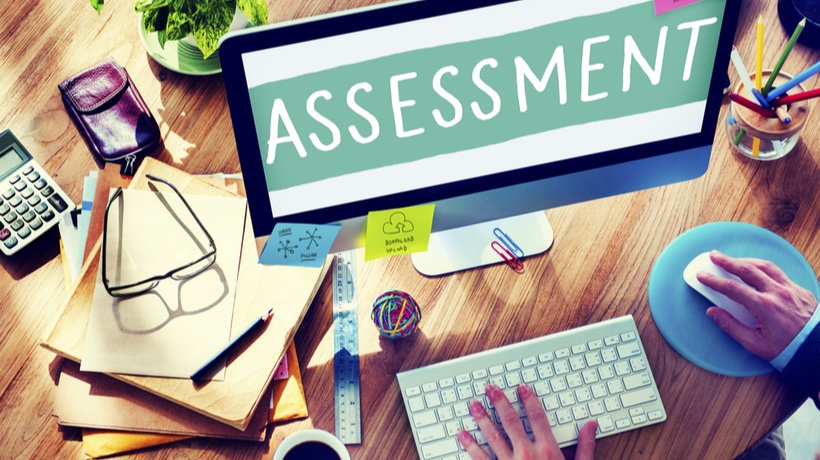How To Provide Both Types Of Assessments In A Remote Environment
Formative evaluation identifies areas of struggle and learning gaps to support students throughout the learning process. Examples of formative evaluation can include (but is not limited to) giving weekly quizzes, in-class discussion, or homework assignments. Meanwhile, summative evaluation measures student performance at the end of a unit, course, or program. These are often the “big ones” for many students. Think mid-term exams, most standardized tests, unit tests, and final exams.

During traditional school seasons, using both types of assessments in your classroom is easy to execute and manage—part and parcel even. However, given our nation’s ongoing need for distanced learning, there is a growing divide. Our freedom to teach and fully assess student progress can be limited if our teachers don't have all of the necessary tools to execute assessments and ensure the integrity of the results.
Most online learning software favor formative assessment styles over summative. That means many of our fellow educators don’t have the tools to fully measure student performance accurately.
Being dedicated to your students’ growth means educators need as much information on their students' progress as the students need feedback to improve, grow, and master required (and elective) subjects. While your school and district decide on a virtual or hybrid learning environment this semester (and into the future), we encourage educators to think about your students and what it will take for them to succeed this year (and build a solid foundation for years to come) and focus on the ways to meet the needs of their students. Ask yourself how will your students benefit most. Identify their needs and look for solutions that will help you support your students to the best of your ability.
More than likely, they could benefit from at least two summative assessments. Ensure your platform has the right virtual tools to enable both assessments by creating the same standards, environment, and expectation of academic integrity that you would have in the live classroom.
Look For These 4 Features In Your LMS
1. Proctored Dashboard
To assess summative performance, you need the ability to load an exam to a customized testing environment. This environment must provide features such as roster control, test launch, exam time limit, and individual student status. In this new virtual environment, it is even more critical that educators control the exam process and monitor students from afar.
2. Cheat Monitoring For Academic Integrity
Monitoring academic integrity is more important than ever. Many students will finish high school in a virtual classroom. Their final exams and grades will impact important future education or employment prospects, depending on their field. A virtual tool must monitor student screens during the exam to ensure an honest assessment.
3. Integrated Video Conference Capabilities
While most anti-cheating tools have focused on screen lockdown and browser monitoring, we are now required to support and provide a presence to every student taking a major exam at home.
Right now, phones, other devices, and family members are more accessible than ever during distance learning. To create the same expectation of a real classroom, you will need an integrated video conference system with live video and sound monitoring during the exam.
4. Exam Sharing And Reporting
While summative assessments measure student progress at big increments, exam sharing and reporting can help measure an entire district’s knowledge and comprehension. A virtual tool should provide educators with the ability to share exams with fellow teachers for streamlined testing and reporting. This allows for continuity and, more importantly, reporting across the district.
Take Your Time
We know how difficult education can be for many of our teachers and students but try not to rush into using an educational technology that might not truly support your students’ progress. Long-distance learning periods can be challenging. Make them easier with the right EdTech platform.

